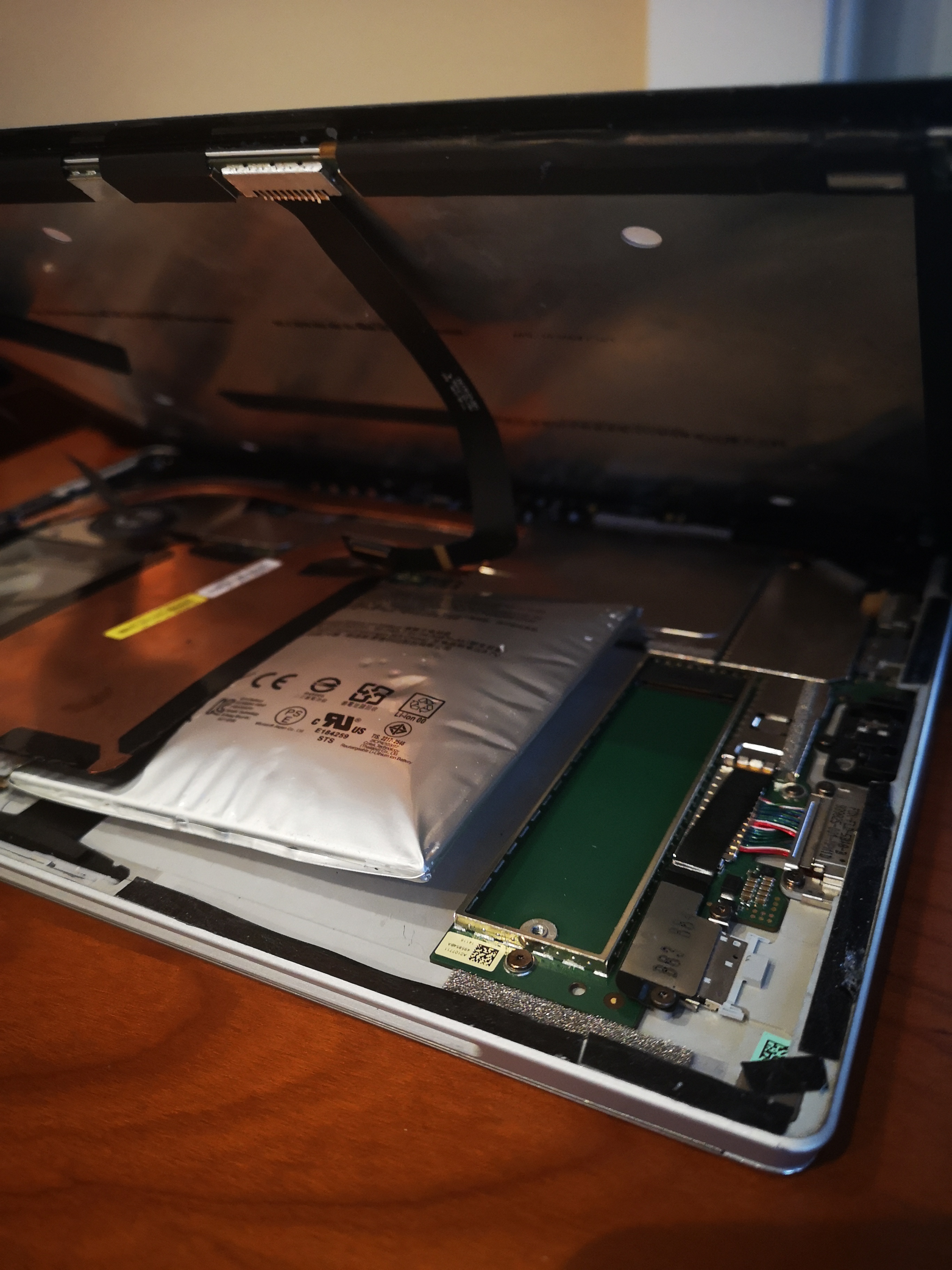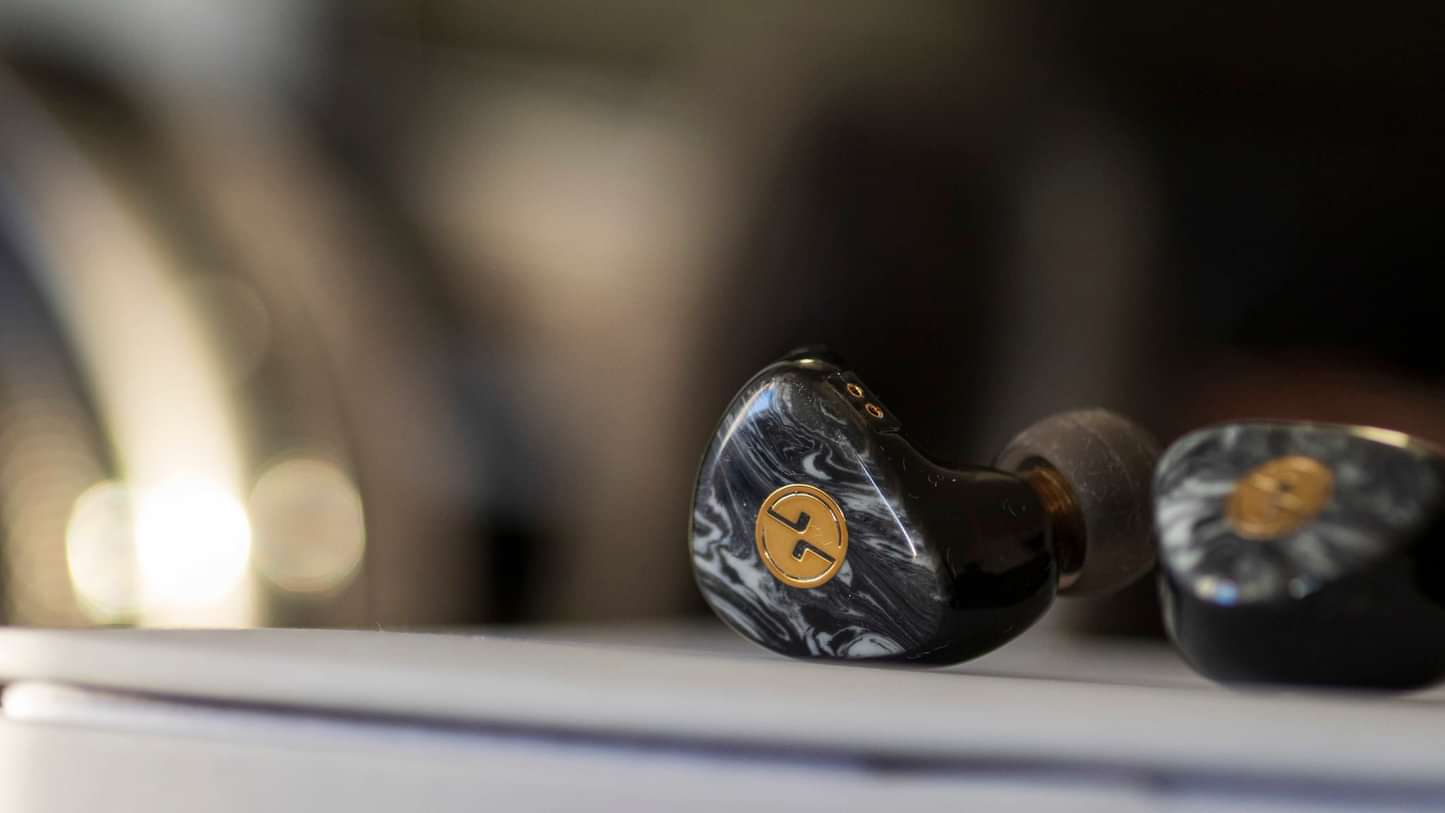activatorfly
500+ Head-Fier
I have the Z2 - so know what I'm dealing with - battery is limited, but it seems a better option than the DSD version.As long as you know what you’re getting into with the Z4, it can be a great deal
I have the Z2 - so know what I'm dealing with - battery is limited, but it seems a better option than the DSD version.As long as you know what you’re getting into with the Z4, it can be a great deal
I thought Li-Ion were the swelling ones. Never had problems with LiPoNot to defend Hiby, or any brand, yet this is actually a common problem with LiPo batteries, and can happen with just ANY brand
It's just that, well, better brands tend to source better batteries, which will have less chance of doing this
From my own experience, I got swollen batteries from just any brands, Samsung, LG, Xiaomi, Sony, etc. It's not a big deal, like this fellow said:
I was expected to get something.... not completely working, needing some tuning/moding with Z4. To my surprise it works the operations are easier for me than Fiio X1-II, and it is just great (some grain to the sound and BT interference is about it). Then the functional DAP - all outputs, two ESS9038, BT for the asking price - crazy! (The price includes again no promotional reviews)As long as you know what you’re getting into with the Z4, it can be a great deal
Both swell up if treated poorly. In truth the LiPo is far more prone to swelling than any Li-Ion. The reason why a lot of people think Li-Ion is more prone to swelling is because the Li-Ion used to be far more common than LiPo in everyday applications. There are a variety of reasons for this.I thought Li-Ion were the swelling ones. Never had problems with LiPo
Ask somebody at your local RC club. They can tell you everything about LiPo's swelling, catching fire and other entertaining stories...I thought Li-Ion were the swelling ones. Never had problems with LiPo
speaking of DAP's, this will be the last time I purchase something from Hiby. I got this R5 less than a year ago, and I went to use it tonight, and I picked it up and said "What?"
The battery pack blew up like an air bag, and pushed off the back plate. It won't go back on, because the battery pack can't release the air. Never had this happen with a battery or a DAP ever, and I've owned dozens. So for now, i'll be sticking with my Sony A55 and Fiio X3 III.
Being off-topic, polymer in Li-polymer is in electrolyte, not any packaging (that what perhaps creates most of the common misconceptions), and that is just more advanced (and a bit safer) new generation in the development of Li-ion batteries. Li-polymer battery technology can be used in solid cells or in more flexible packaging - can be hard to distinguish even upon disassembly.Both swell up if treated poorly. In truth the LiPo is far more prone to swelling than any Li-Ion. The reason why a lot of people think Li-Ion is more prone to swelling is because the Li-Ion used to be far more common than LiPo in everyday applications. There are a variety of reasons for this.
Li-Ion
Lithium-Ion is cheaper, has a slightly higher capacity and almost always comes in cylindrical cells. They occasionally come in a more rectangular package but this is just many small cells put together in parallel. This is common in older phones and cameras. They are also common in power banks and for example the Xbox controller rechargeable battery packs also use these cells.
LiPo
Lithium Polymer or Lithium-Ion Polymer if we're being technically correct, is a improved version of the Li-Ion battery. Usually comes in silver packets and due to using a polymer in it's construction these are semi flexible. Although technically having a higher energy density, the capacity is lower than Li-Ion but it delivers higher power in return. It can be charged faster (depending on construction) and drained faster but this does have some risks and is not necessary in a lot of applications. It's lighter that Li-Ion and the flat square/rectangular shape makes it a lot easier to work with than the Li-Ion cylinders.
Yes a lot of LiPo batteries in tablets and phones are mislabeled as Li-Ion in the specs. If is's even a little flexible it can only be a LiPo.
Laptop Li-Ion battery packs are genuine Li-Ion which is obvious when you (carefully) open them and see the cells.
In the RC world the LiPo is far more common as the light weight + high power output is ideal for us. We don't care for run time that much. But make no mistake these are far more powerful than the LiPo's that ever will be in a smart phone and the require various safety precautions like a fire resistant LiPo bag to even be able to charge them anywhere but your own home. And even then I would still recommend using those precautions, the're there for a reason.
Lithium is a volatile metal that hates just about any other metal and responds by catching fire. Which can not be put out easily as this is a chemical fire. This is also the reason why I don't get why a LiFe battery is safer than LiPo as Fe or ferrum, more commonly known as iron, does not play well with Lithium.
True, the polymer in LiPo has little to do with the case and is indicative of the polymer gel electrolyte composition and not the outer layer. That said, a solid LiPo batteries often still have a soft cell on the inside and the solid shell just serves as a protection layer as a soft cell is quite vulnerable by itself.Being off-topic, polymer in Li-polymer is in electrolyte, not any packaging (that what perhaps creates most of the common misconceptions), and that is just more advanced (and a bit safer) new generation in the development of Li-ion batteries. Li-polymer battery technology can be used in solid cells or in more flexible packaging - can be hard to distinguish even upon disassembly.


Yep, Here's a useless Microsoft Surface BalloonNot to defend Hiby, or any brand, yet this is actually a common problem with LiPo batteries, and can happen with just ANY brand
It's just that, well, better brands tend to source better batteries, which will have less chance of doing this
From my own experience, I got swollen batteries from just any brands, Samsung, LG, Xiaomi, Sony, etc. It's not a big deal, like this fellow said:

Yupp. My Surface book has a dead battery as well. Right behind the screen. Sure enough it's all glued. Only some C4 will solve that issue...Yep, Here's a useless Microsoft Surface Balloon


Both swell up if treated poorly. In truth the LiPo is far more prone to swelling than any Li-Ion. The reason why a lot of people think Li-Ion is more prone to swelling is because the Li-Ion used to be far more common than LiPo in everyday applications. There are a variety of reasons for this.
Li-Ion
Lithium-Ion is cheaper, has a slightly higher capacity and almost always comes in cylindrical cells. They occasionally come in a more rectangular package but this is just many small cells put together in parallel. This is common in older phones and cameras. They are also common in power banks and for example the Xbox controller rechargeable battery packs also use these cells.
LiPo
Lithium Polymer or Lithium-Ion Polymer if we're being technically correct, is a improved version of the Li-Ion battery. Usually comes in silver packets and due to using a polymer in it's construction these are semi flexible. Although technically having a higher energy density, the capacity is lower than Li-Ion but it delivers higher power in return. It can be charged faster (depending on construction) and drained faster but this does have some risks and is not necessary in a lot of applications. It's lighter that Li-Ion and the flat square/rectangular shape makes it a lot easier to work with than the Li-Ion cylinders.
Yes a lot of LiPo batteries in tablets and phones are mislabeled as Li-Ion in the specs. If is's even a little flexible it can only be a LiPo.
Laptop Li-Ion battery packs are genuine Li-Ion which is obvious when you (carefully) open them and see the cells.
In the RC world the LiPo is far more common as the light weight + high power output is ideal for us. We don't care for run time that much. But make no mistake these are far more powerful than the LiPo's that ever will be in a smart phone and the require various safety precautions like a fire resistant LiPo bag to even be able to charge them anywhere but your own home. And even then I would still recommend using those precautions, the're there for a reason.
Lithium is a volatile metal that hates just about any other metal and responds by catching fire. Which can not be put out easily as this is a chemical fire. This is also the reason why I don't get why a LiFe battery is safer than LiPo as Fe or ferrum, more commonly known as iron, does not play well with Lithium.
Being off-topic, polymer in Li-polymer is in electrolyte, not any packaging (that what perhaps creates most of the common misconceptions), and that is just more advanced (and a bit safer) new generation in the development of Li-ion batteries. Li-polymer battery technology can be used in solid cells or in more flexible packaging - can be hard to distinguish even upon disassembly.


For me its acubattery pro app and charge with PC mostly (not fast charging but do use it when i am in a hurry ) and charge it between 20%-80% as advised by @Andykong for the Cayin N6ii, (sometimes i do miss and i charge it from zero but never go for full charge atleast after I came to know how to charge in the cayin thread)Thanks for the info.
Just for general knowledge, for our Amps/DAPs that use Li-Ion or LiPo, for the purposes of prolonging battery life, what do you guys recommend?
Like avoid fast charging? Charge and top up whenever possible? Or wait till it fully depletes? Don't charge to 100%?
how the hell you manage to open surface without breaking the screen?Yep, Here's a useless Microsoft Surface Balloon

Thanks for the info.
Just for general knowledge, for our Amps/DAPs that use Li-Ion or LiPo, for the purposes of prolonging battery life, what do you guys recommend?
Like avoid fast charging? Charge and top up whenever possible? Or wait till it fully depletes? Don't charge to 100%?
 After all, it's your device, do as you wish
After all, it's your device, do as you wish 

